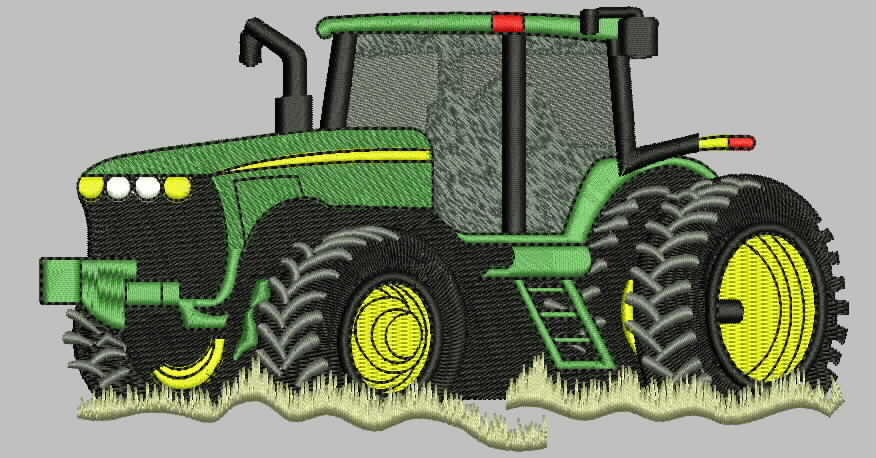
The Step-by-Step Guide to Making Custom Leather Jacket Patches
Custom leather jacket patches are a bold, durable way to personalize your look, whether you’re making one for yourself or for a brand. You’ll learn how to make custom leather jacket patches from idea to finished, sealed patch, with tools, tips, and pro tricks.
What’s the point of making leather patches?
A leather patch adds texture, longevity, and a premium aesthetic. You can use them for:
Identity (initials, symbols, art)
Logos and event badges for clubs/brands
Making scuffs look good by upcycling
Here’s a quick primer on leather types and how they behave on clothes.
Tools & Materials
Leather (the star): Soft leathers cut easily; thicker veg-tan adds durability for back pieces.
Cutting: Sharp scissors or precision knife, cutting mat, metal ruler.
Design & transfer: Paper/pencil or design software, stencils, tracing/transfer paper, silver/white leather pencil.
Attachment options:
Sewing: Glover’s/leather needles, bonded nylon/poly thread, thimble, awl/pricking iron.
Adhesive: Leather-safe contact cement for quick, clean bonds.
Decoration (optional): Leather paints/dyes, embroidery thread, studs/rivets/conchos.
Finishing: Edge beveler (optional), edge paint or burnishing gum, leather sealant/finish.
Helpful background reading: Leather (materials overview), Contact adhesive basics.
Safety & Setup
Work on a stable, well-lit surface with a cutting mat.
Ventilate when using adhesives, dyes, and paints.
Test on scrap leather first: paint adhesion, glue tack time, stitch spacing, edge finishing.
Step-by-Step: How to Make Custom Leather Jacket Patches
1) Design Your Patch
Sketch by hand or in software; keep shapes simple for easier cutting and stitching.
Print a paper mockup and tape it to the jacket to confirm size and placement.
Prioritize bold lines—overly fine details get lost on textured leather.
SEO tip for readers: If you searched how to make custom leather jacket patches, start with a simple emblem first, then scale to more complex art once you’re comfortable.
2) Transfer the Design
Place transfer paper over the leather and trace using a stylus/pencil.
Mind grain direction and center the composition. Light pressure is enough; deep grooves can show later.
3) Cut the Leather
Cut just outside the outline; refine on a second pass for crisp shape.
For curves, rotate the leather—not the blade—for smoother arcs.
Lightly bevel edges (optional) to prep for burnishing or edge paint.
4) Add Details & Decoration
Paint/Dye: Thin coats, fully dried between layers; mask areas for sharp borders.
Embroidery: Pre-punch holes with a pricking iron/awl to prevent tearing.
Hardware: Add studs or rivets now (before attachment to the jacket).
New to hand stitching? See an overview of the running stitch, or try a saddle stitch for strength.
5) Attach the Patch (Sew vs. Glue)
A. Sew (maximum durability)
Position and lightly tape.
Mark a stitch line ~2–4 mm from the edge.
Pre-punch through patch and outer jacket layer (avoid lining).
Stitch with heavy thread; tie off and tuck ends.
B. Glue (fast and clean)
Lightly roughen both surfaces.
Apply leather-safe contact cement to each side.
Wait until tacky, then press together firmly.
Burnish with a roller/scrap leather to ensure full contact.
Not sure which to pick? Compare pros and cons in our guide to leather adhesives or learn how to sew patches on jackets.
6) Seal, Burnish & Protect
Burnish edges with gum or apply edge paint for a professional border.
Finish the surface with a compatible leather sealant to resist scuffs, moisture, and UV.
Allow full cure time before wearing.
Tips for a Pro Finish
Prototype first: Make a mini patch to test paints, glue, and stitches.
Consistency counts: Even stitch spacing and uniform adhesive coverage = luxury look.
Balance weight vs. drape: Large, thick patches can stiffen the jacket—choose leather weight thoughtfully.
Smart placement: Avoid seams and stress folds where movement can lift edges.
Batch smarter: If making multiples, keep labeled patterns and notes for thickness, thread, and edge finishes.
Care & Maintenance
Use a soft, slightly damp cloth to clean; don’t soak.
Don’t overcondition; too much can dull paints/finishes.
Avoid high heat (radiators, dryers).
Whenever a corner lifts, re-cement and clamp-or add a few discreet stitches.
Best practices for leather care.
Troubleshooting
Re-burnish or paint fuzzy edges; bevel first.
Your glue failed because you bonded too wet/dry or didn’t apply enough pressure. Make sure you follow tack time strictly and press hard.
Stitch holes cracked: too close to the edge or leather too dry. Move them in 1–2 mm and condition lightly.
Peeling paint: Use leather-compatible paints, apply thin coats, and seal after they’re dry.
FAQs
Can I iron-on leather patches?
Not recommended—heat can damage finishes and adhesives. Choose sewing or leather-safe contact cement.
What glue works best for leather patches?
Leather-safe contact cement is standard. Follow manufacturer tack times and work in a ventilated space.
How thick should the leather be?
Around 1.2–1.8 mm (3–4 oz) balances flexibility with durability—go lighter for chest patches, heavier for large back pieces.
Can I machine-wash a jacket with a leather patch?
No—spot clean only. Machine washing can deform leather and weaken glue.
My final thoughts
Starting small, documenting your process, and iterating are the keys to making custom leather jacket patches.








